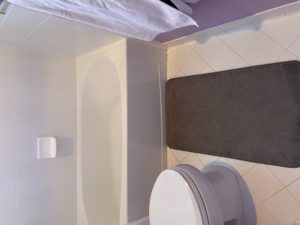Harbor Physical Therapy has returned to providing in-office physical therapy sessions with new health precautions in place due to COVID-19. When you arrive, you will be asked a series of COVID-19 screening questions and your temperature will be taken by a staff member. Our office waiting room has chairs placed >6 feet apart and we ask you come alone to your appointment to limit people in the facility. Every person in the office is required to wear a face mask at all times.
When it is time for your appointment, your therapist will call you back to the gym and will ask you to wash your hands before the session begins. During your session, you will work with your therapist exclusively on one side of our large gym. All pieces of equipment used during your session will be thoroughly cleaned immediately after usage.
We understand that performing physical therapy while wearing a mask may be difficult or uncomfortable at times. If you find yourself out of breath or more tired than usual during your PT session, please request to have a break before continuing on with your exercises. We have closed door treatment rooms where you can take a break. Your health and safety is our top priority. We appreciate your patience and your presence during this uncertain time. Please do not hesitate to contact us with any additional questions you may have. We look forward to seeing you at Harbor Physical Therapy!
Written by: Dr. Chloe Smith


